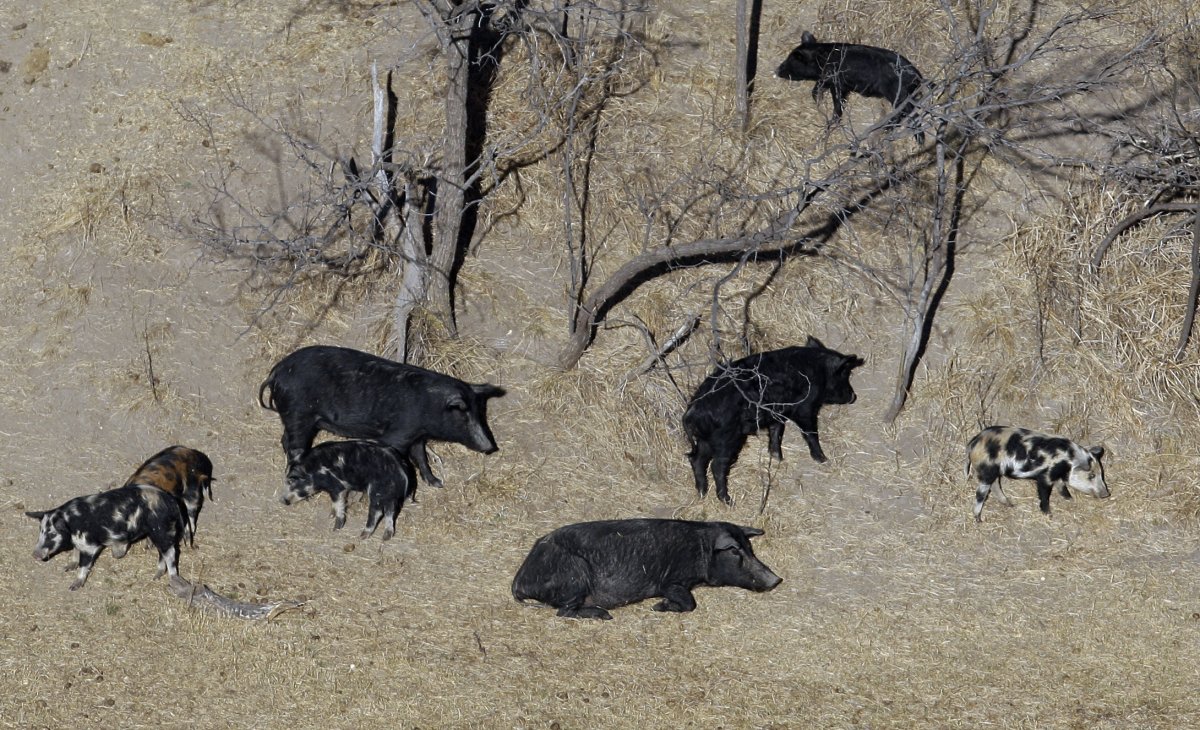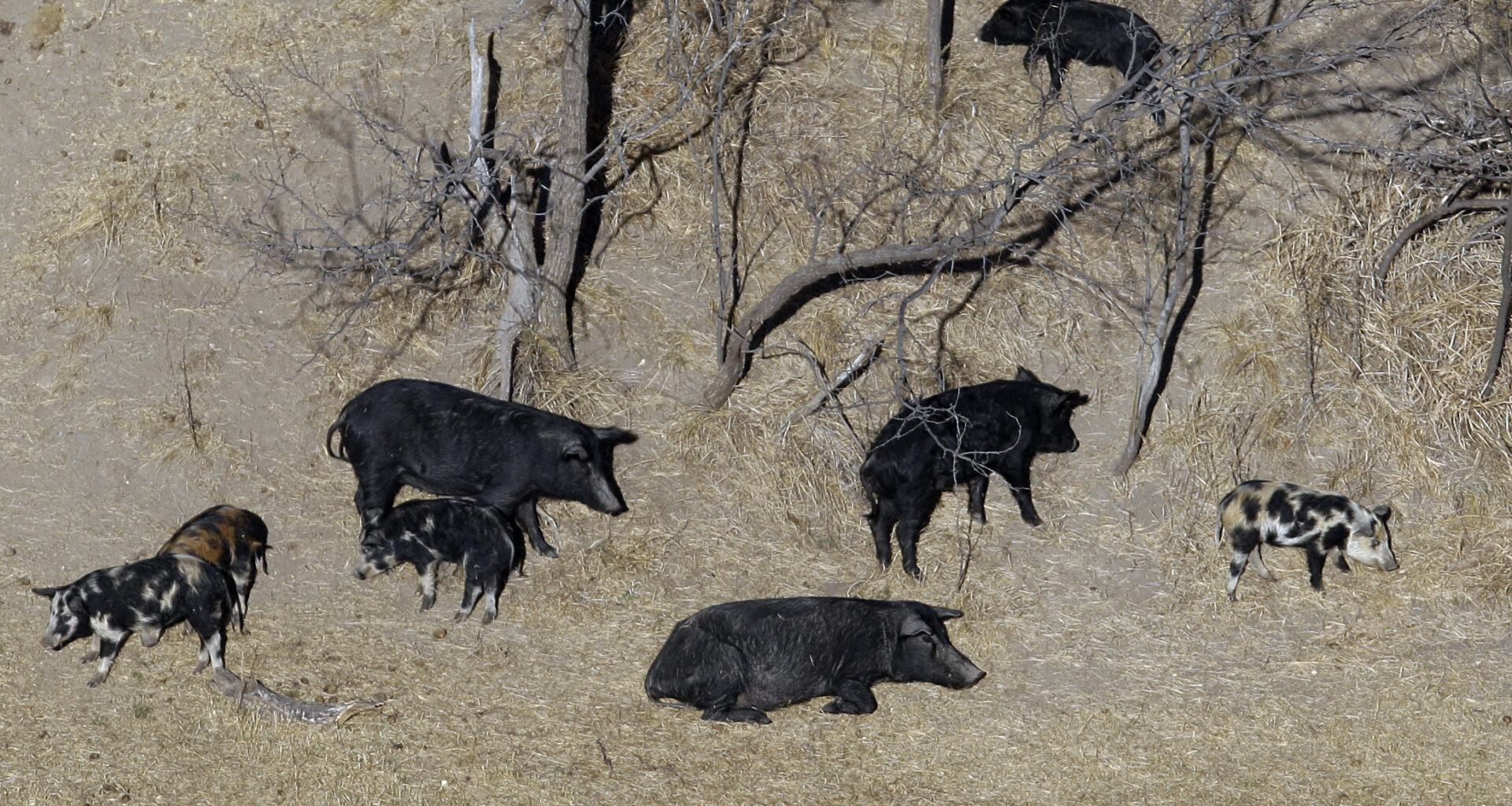California wildlife officials are urging hunters and trappers to remain vigilant after several wild pigs in Monterey County were discovered with unnaturally blue flesh, an indication that the animals may have ingested rodent poison commonly used in agricultural pest control.
“I’m not talking about a little blue,” said Dan Burton, the owner of a Salinas-based wildlife control company who discovered the blue meat.
“I’m talking about neon blue, blueberry blue,” he told the Los Angeles Times.
Why It Matters
“Blue tissue can be a sign of rodenticide bait ingestion,” the California Department of Fish and Wildlife said in a statement this week.
This underscores the unintended consequences of rodenticide use in proximity to wildlife habitats. Although the poison is intended for smaller pests like squirrels and mice, its presence in larger animals signals potential secondary poisoning for humans and predators that consume contaminated meat.
What To Know
Burton, who usually donates the carcasses and meat of the pigs he euthanizes to low-income families, made the blue meat discovery in March.
The state launched an investigation and confirmed that the vibrant coloration resulted from the ingestion of anticoagulant rodenticide diphacinone.
The California Department of Fish and Wildlife (CDFW) has since warned hunters, trappers, and consumers against eating wild pigs or other game with blue-colored tissues.
Burton told the LA Times he thought pigs were eating from squirrel bait stations containing diphacinone. Designed for rodents, these baits were not intended for larger animals such as pigs, but the animals’ foraging behavior resulted in unintended ingestion of the poison and visible blue dye.
Wildlife exposed to rodenticides may suffer from symptoms such as lethargy or internal bleeding. Although the effects are not always immediate, repeated consumption can be dangerous.
Use of diphacinone is heavily restricted in California, allowed primarily for certified professionals at agricultural locations.
A CDFW 2018 study found traces of rodent poison in 8 percent of wild pigs and 83 percent of bears tested, mostly in animals that spent time near farms or homes where such poisons are often used.
Officials have also encouraged pesticide applicators to utilize protective measures that prevent non-target animals from accessing poison baits and to employ integrated pest management strategies to reduce wildlife exposure.

File photo of wild pigs near a Mertzon, Texas, ranch taken in February 2009.
File photo of wild pigs near a Mertzon, Texas, ranch taken in February 2009.
AP
What People Are Saying
Dr. Ryan Bourbour, pesticide investigations coordinator at CDFW, in a statement: “Hunters should be aware that the meat of game animals, such as wild pig, deer, bear, and geese, might be contaminated if that game animal has been exposed to rodenticides. Rodenticide exposure can be a concern for non-target wildlife in areas where applications occur in close proximity to wildlife habitat.”
CDFW Information Officer Krysten Kellum, in a statement: “We greatly appreciate reports from hunters regarding observations of blue tissues and other abnormalities in harvested wild game.”
What Happens Next
The California Department of Fish and Wildlife will continue to investigate cases of rodenticide exposure among wild game, including wild pigs, and monitor potential public health consequences. Authorities have urged hunters and pesticide applicators to follow best practices and immediately report any suspected contamination.

